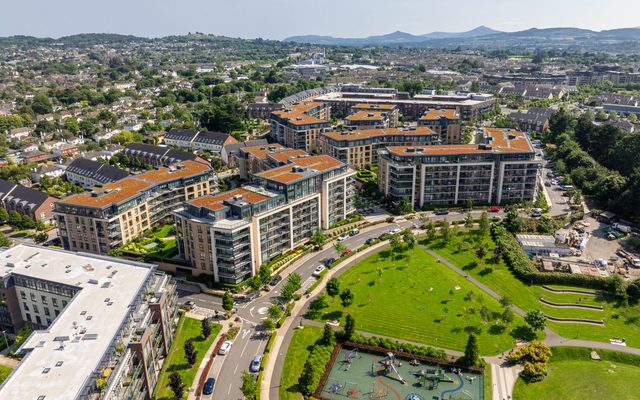This article is from the Australian Property Journal archive
AUSTRALIA experienced a reacceleration of rental growth in the March quarter as the imbalance between demand and supply put more heat into the national housing crisis, but a “tipping point” is forecast to be reached in 2024.
Domain’s latest Rent Report shows rents reached record highs in the early part of 2024, as house rents across the combined capitals surged by 5% – the steepest quarterly gain in 17 years and the second-highest on record.
Every capital city except Darwin and Hobart saw a quarterly rise in house rents. Both were unchanged, at $650 and $550 per week respectively.
Sydney house rents lifted 2.7% to $750 per week, Melbourne by 3.6% to $570 and Brisbane by 3.3% to $620. Adelaide led quarterly growth with 5.4%, to $590, followed by Perth with 4.8%, to $650. Canberra rose 0.7% to $685.
In tandem, unit rents are also at an all-time high across the combined capitals and all capital cities apart from Hobart, with the combined capitals seeing an unprecedented stretch of 11 successive quarters of growth.
Quarterly gains in unit rents surpassed houses across all capital cities apart from Adelaide (up 2.2% to $460). Melbourne and Perth led unit rental growth, both up 5.8% to $550 per week, followed by Brisbane (up by 5.4% to $490) and Sydney (2.9% to $700). Modest growth was seen in Hobart (to $460 per week), Darwin ($550) and Canberra ($570).
Apartment renters are set to be whacked with a 28% rise in rents between now and 2028, as low completion rates drag on supply and drive vacancies even further down.
Domain data showed vacancy rates decreased in the March quarter across all capital cities except Hobart (steady at 0.8%). Sydney (down 0.5% to 0.8%), Melbourne (down 0.4% to 0.8%), and Perth (down slightly 0.3%) are at record lows while Adelaide (down 0.1% to 0.3%) and Brisbane (down 0,2% to 0.7%) are nearing record lows. Darwin was down 0.6% to 1.1%.
“The first quarter of the year usually marks the rental change-over period, and we anticipated it would be one of the most challenging seasons yet due to the already low rental stocks,” said Domain’s chief of research and economics, Nicola Powell.
The current rental conditions showed an intensified seasonal trend, reflecting a surge in tenant demand against a limited supply.
“This imbalance has consequently fuelled a renewed acceleration in rental price growth,” Powell said.
Tipping point in 2024
“While Australia’s perilous rental market appears entrenched in a never-ending run of rent rises, we remain optimistic that a tipping point will be reached in 2024. Some sub-markets will operate with more balance and rent growth will slow — some areas already show these signs.
“Currently, we are seeing the number of prospective tenants per rental listing ease, suggesting some pressure has been lifted. This could be an early indicator of an increase in vacancy rates sometime this year.”
Powell added that international student visa applications have started to fall for the first time in more than two years, population growth is likely to have peaked, and the federal government has introduced a migration strategy that will slow population growth.
Homeownership being at the forefront with incentives in place, such as Queensland doubling its first-home buyer grant and the federal government’s “Help to Buy” shared equity scheme, would help transition some to being owners or fast-track others to a more affordable purchase, Powell said.
Supply mission set to begin
National cabinet will embark on its mission to tilt the imbalance between supply demand in earnest from July 1st, when the National Housing Accord kicks off aiming to deliver 1.2 million “well-located” homes over five years, alongside the Housing Australia Future Fund, which has the aim of 30,000 social and affordable homes, with National Housing Accord Facility to deliver another 10,000 affordable homes. The up-and-running Social Housing Accelerator is targeting 4,000 new social homes.
However, the targets are considered farfetched by analysts amid a severe labour shortage, current low approval rates and planning red tape.
The Greens last month proposed the creation of a public property developer that would build 360,000 homes over the next five years – and 610,000 homes over the decade – and sell and rent them at a big discount.
Property Council of Australia CEO Mike Zorbas used his recent address to the National Press Club to slam “broken state planning systems”, government taxes, and “rank incompetence of previous government and parliaments” in failing to unlock supply and anticipate population growth.
“I can tell you that there are housing ministers, planning ministers around this country who are sitting on development approvals right now that they could release very, very, easily and make a really material difference to supply, but it’s a very difficult and slow process,” he said.




